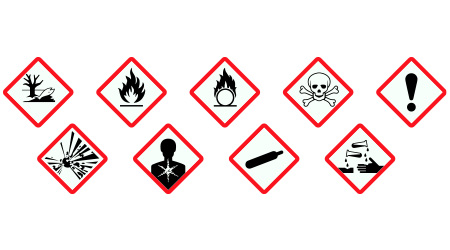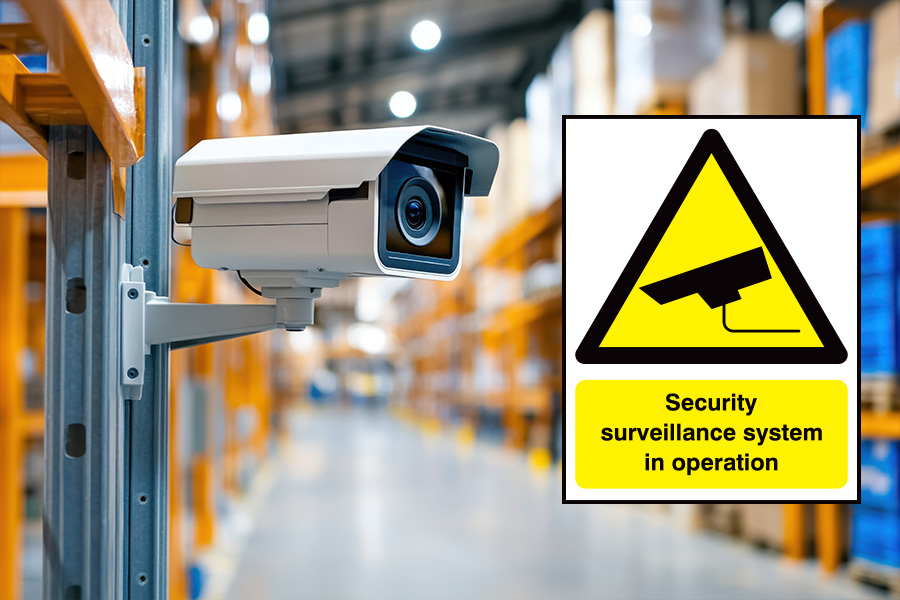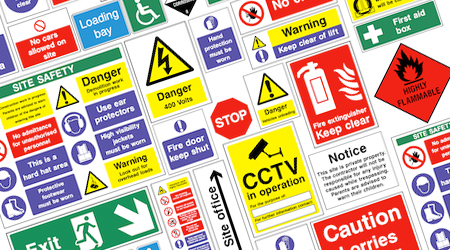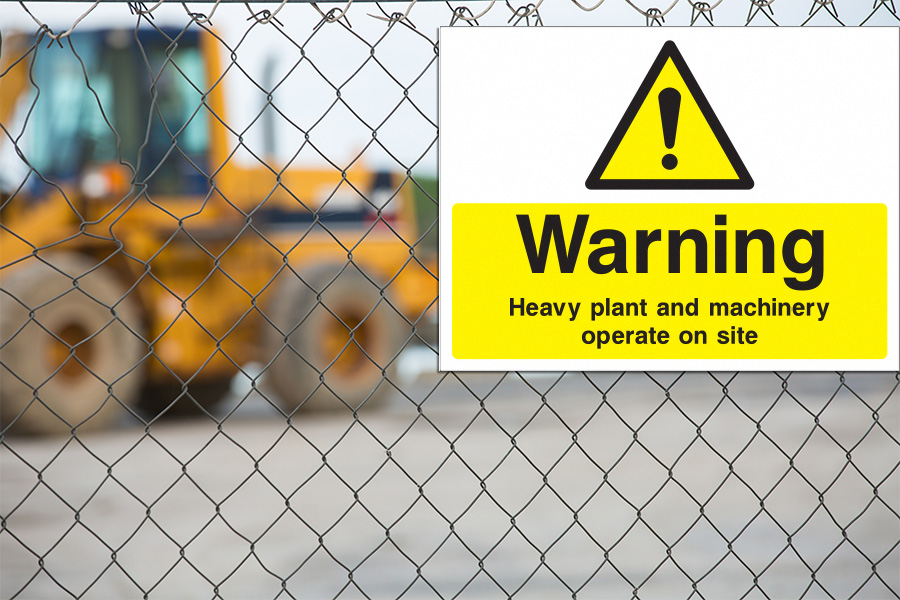Where Should Safety Signs Be Placed?
Safety signs only work if you place them in the right locations. Answer to the question “Where Should Safety Signs Be Placed?” is essential. In any building or workplace, the correct positioning of signs is crucial for keeping people safe, staying compliant with UK regulations, and reducing the risk of accidents.
When deciding where to position safety signs, it’s important to consider visibility, relevance, and proximity to the hazard or instruction. Place signs clearly at eye level and in well-lit areas to ensure people can easily see and understand them at a glance.
Safety Sign Placement: What Goes Where
Fire Safety Signs
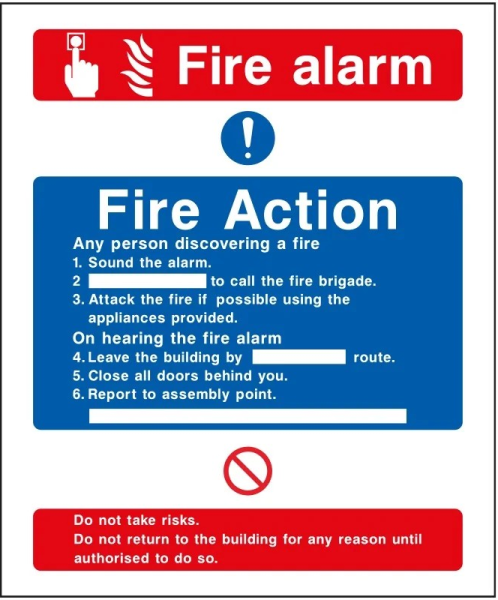
Fire alarm and fire action sign
- Fire Extinguisher Signs
- Fire Alarm Call Point Signs
- Fire Action Notices
Fire safety signs must be clearly visible and easy to understand. Position fire extinguisher signs directly above the equipment, and place fire alarm call point signs next to the alarms. Display fire action notices near exits, in corridors, and in common areas to remind staff and visitors what to do in the event of a fire.
Emergency Exit Safety Signs
- Exit Route Signs
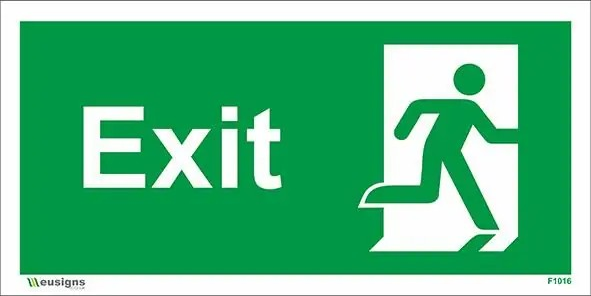
Emergency exit sign
- Emergency Exit Signs
- Illuminated Emergency Exit Signs
The law requires you to install emergency exit signs that lead people safely out of the building in an emergency. Install these signs above doorways, in corridors, and along escape routes. They need to be well-lit and easy to see, even in low light or smoky conditions. In the UK, they must conform to BS 5499, EN ISO 7010 standards.
Prohibition Safety Signs
- No Smoking Signs
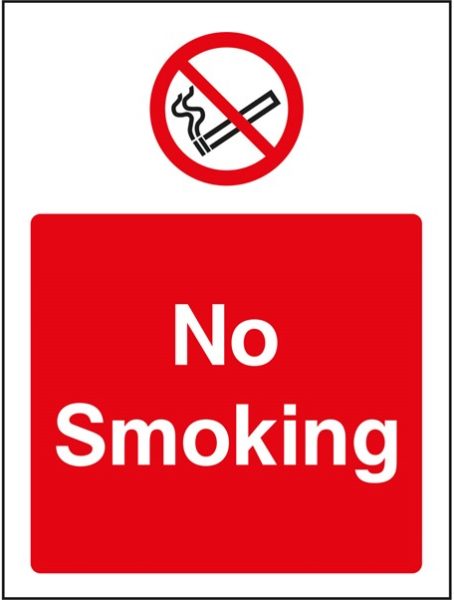
No smoking sign
- Do Not Enter Signs
- No Mobile Phones Signs
Use these signs to tell people what they must not do. Common examples include “No Smoking” or “Do Not Enter” signs. Place them at entrances, near machinery, or in any area where prohibited behaviour could lead to danger. These signs help prevent actions that could cause harm or violate health and safety rules.
Warning Safety Signs
- Slippery Surface Signs
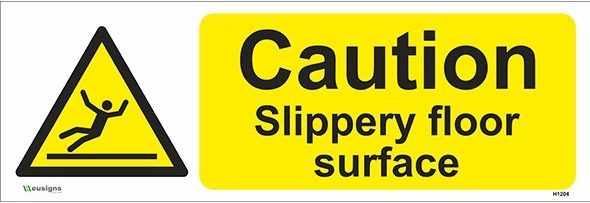
Caution slippery floor surface sign
- Electrical Hazard Signs
- Forklift Truck Area Signs
Use warning signs, such as “Caution: Slippery Surface” or “Danger: High Voltage,” to alert people to potential risks. Place these signs close to the hazard itself, on the floor, wall, or equipment, so people see the warning before coming into contact with the danger.
Machinery Signs

Machinery warning sign
- PPE Requirement Signs
- Machine Operation Signs
- Danger Signs
Workplaces with machinery must have clear signs showing safe operating procedures, mandatory PPE (like eye or ear protection), and any dangers associated with the equipment. These signs should be mounted directly on the machine or in the immediate working area, so operators and passers-by are fully aware of the risks.
General Placement Tips
To be effective, safety signs should be positioned in areas where people naturally look—such as near doorways, above equipment, or along walking routes. Avoid placing signs in cluttered or visually busy areas where they might be overlooked.
It’s also important to consider lighting conditions – use illuminated or photoluminescent signs in dim or windowless spaces. Conduct routine safety audits to ensure all signs are clearly visible, legible, and still relevant to current site conditions.
All signage should comply with the Health and Safety (Safety Signs and Signals) Regulations 1996, ensuring consistency in design, colour, and symbol use across the workplace.
Stay Safe and Compliant
At EU Signs, we supply fully compliant safety signage to help your business meet UK safety standards and protect everyone on site. We offer a wide range of signs tailored to your specific needs.
Let us help you create a safer, more organised workspace with high-quality signage that does the job right.
Get in touch with EU Signs today for expert advice and reliable products that keep your business safe.
Related links:
HSE website on health and safety signs
From our blog:
The Vital Role of Footpath Signs
Our Products:



